2025 Author: Howard Calhoun | [email protected]. Last modified: 2025-06-01 07:12:56
Modern man cannot imagine his existence without various mechanisms that simplify life and make it much safer. Any technique used is primarily valued for its safety. This quality largely stems from another property - reliability.

What is it? What is the correct definition of this term? And what does it really mean? Let's figure it out!
Definition
So, reliability is the ability of an object to maintain the specified properties and technical characteristics over a certain time interval. In addition, this property emphasizes the possibility of maintaining all the specified qualities during transportation and / or in difficult, extreme conditions.
To be fair, it should be noted that reliability is a complex concept that cannot be described briefly. In particular, in technology, this definition is decomposed at once into several concepts that are closely related to each other. Let's take a look at each one.
About technical reliability
In technology, only an object that satisfies four requirements at once or, rather, has features that must necessarily be traced in itscharacteristics and properties. To make it easier to understand this definition, here is a list of them:
- As we have already said, reliability is the ability to perform the functions that are structurally embedded in the device over a period of time. For example, an electric motor must consume a strictly defined amount of energy and provide a set rotation speed. If we continue this topic, then for the power supply system, the ability to deliver the desired voltage is important, the value of which can only fluctuate within strictly limited limits.
- The performance of work functions should also occur only within the technological limits that were laid down by the device manufacturer. For example, the engine is required to function under those environmental conditions that will not lead to its destruction.
- On the contrary, if stable operation is required in conditions of high dust content of the room, then the device must provide this for as long a time interval as possible. Note that this and all the above characteristics of reliability are met without fail.
- The object, among other things, must have the ability to maintain all its technical characteristics, not only in the working position, but also at rest. So, the car engine must (subject to certain conditions) be ready to start, even if the car has stood in the box for several months or even years.
Intermediate conclusions
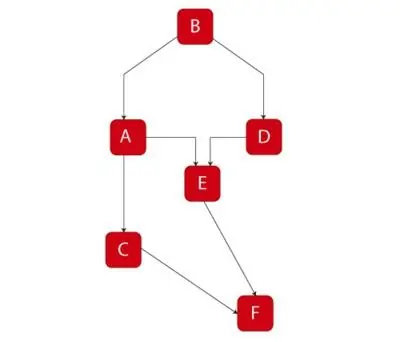
Thus, reliability is veryimportant quality of any object. In no case should it be contrasted or confused with other qualitative concepts. For example, an industrial emission treatment plant can be very attractively priced due to its ability to capture as many particulate matter as possible from the air. But without knowing how long these characteristics can last, buying it is very dangerous, and often completely useless.
On the contrary, a device specification may contain a lot of information about reliability, but not a single word about exactly what characteristics it has. Thus, the definition of reliability should include all of these points.
Some additions
Depending on the purpose of the object, reliability is synonymous with reliability, maintainability, and durability. It should be clearly understood that this quality is perceived only taking into account the characteristics of the object itself. For example, if we take a non-recoverable sensor in a sealed housing, then for it the reliability will be the ability to maintain its performance in a given period of time. Simply put, if this device works without failures for 12 months with a one-year warranty, then it should be considered quite reliable.
However, there are certain exceptions to such strict rules. Remember how we talked about a car that is in conservation? In this case, reliability is not a synonym for the word "failure free", which implies the immediate start of the engine, but "durability" and "repairability". Nobody canensure that the engine starts immediately and runs smoothly.
A reliable power plant is guaranteed to survive storage (under more or less suitable conditions) and be able to function after some maintenance. Thus, ensuring reliability is a list of necessary measures that are aimed at increasing the likelihood of trouble-free, uninterrupted operation of equipment, entire systems and production complexes.
In most cases, the ability of the instrument to reach its useful life without serious breakdowns and the need for maintenance is extremely important. This is especially true for those items that must be used in extremely difficult conditions.
What should be guided by when evaluating the reliability of an object?
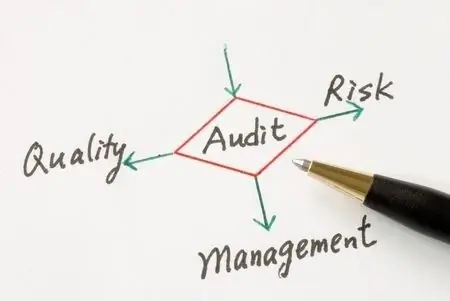
As a rule, manufacturers are guided by GOST 27.002-89 "Reliability in engineering. Basic concepts. Terms and definitions", from which almost all the concepts of reliability adopted in the domestic technical and industrial sectors are derived. However, this standard does not cover all concepts, and therefore sometimes we will make explanations.
Let's immediately consider the types of reliability. Modern science suggests that there are only two of them:
- Fault tolerance of an element, system object.
- Stability of the entire complex as a whole.
These concepts are not only related, but also logically follow from each other. And therefore we willconsider this term in a general, common sense.
Basic concepts of reliability theory: object, element and system
An object is a certain technical product that must be controlled from the design stage to delivery to the consumer. It should be remembered that this definition includes not only individual elements, but also quite complex systems: machines, buildings, complexes of industrial buildings and systems.
Thus, a system is understood as a set of objects connected by a certain common function that it must perform. An element, as you might guess, is a small, integral part of an object that has certain functions. The performance and technical reliability of the entire system as a whole depends on each element separately.
All these concepts are rather relative, since they can be considered through each other. So, an object in some study can be considered a system (since it is itself a collection of elements), or it can be an independent element if it is considered from the point of view of a large and remote working complex.
Simply put, everything depends on the scale, which must be taken into account when researching. This is exactly what the reliability theory says, which has long since become an independent and very important scientific branch.
Relationship between man and machine
People who operate machines and facilities are also separate elements of systems. They are connected both with each other and with mechanisms. Systems interact in real time. A sign of their integrity and reliability is a clear relationship of structural objects and elements with each other.
About the possible states of an object

It should be noted that each object in a given time interval can be in a certain state. It is on this that specific indicators of reliability depend. Let's list them:
- Good condition. In this case, the object fully complies with all the regulatory parameters that the manufacturer has put into it.
- It is recognized as faulty when at least one of these parameters does not meet the specified technical characteristics.
- In a state of he alth, the object can perform all its main functions, and the value of the established indicators will be within the technical norm. It should be remembered that a faulty device can start, but it cannot be called operational, and its reliability indicators will steadily decrease until they become zero.
- Inoperability is a condition in which an object does not meet the technical standards laid down in it, and cannot perform its functions. In this case, there is no talk about reliability in principle.
Reliability limit state
When discussing the reliability of technical systems, the concept of the limit state is of great importance. In short, this is the name of the situation in which the further operation of the machine or device becomes unacceptable and / orimpossible. A similar state occurs as a result of a breakdown or the occurrence of some serious defects, tension of the material. In this case, any attempt to operate may end in failure, since the device is likely to fail and collapse.
Signs of the limit state are set by the manufacturer, and the information must be reflected in the technical specification attached to the object. Every year there is a general increase in reliability due to the greater manufacturability of production processes, but the manufacturer must provide all this data at the request of the consumer.
What are the common signs of a limit state?
As we said, there are two types of objects:
- Recoverable is the element whose performance can be fully restored, and under standard conditions.
- Accordingly, an unrecoverable object is one whose he alth cannot be restored. At least under standard conditions.
For each category, there are certain general features that can be used to diagnose the onset of the limit state with full confidence. Of course, the reliability of technical systems in this case will also be different: if it (the system) consists of only one object that cannot be restored, then its reliability indicators will be zero. If the object can be repaired (or replaced by one that cannot be repaired), the indicators can really be brought back to normal.
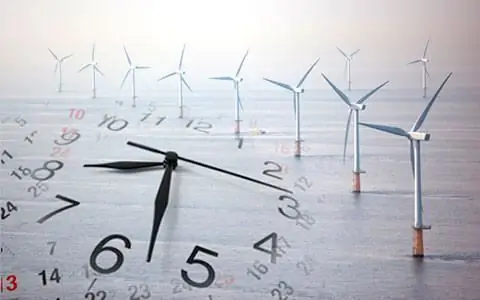
As for objects that cannot be repaired, the limit state for them comes at the very moment when the warranty period or other resource that was pledged by the manufacturer is exhausted. The same can be said about the maximum permissible output, at which the further operation of the device becomes unreasonably dangerous. In some cases, a reliability factor is calculated. Its formula is quite simple:
ki=li/lb
Let's find out what the variables mean:
- li is the absolute value of the failure rate;
- lb is the bounce rate.
Calculate bounce rate
To do this, use the following equation:
l(i)=n(t)/(NtDt)
- l(t) - total number of failures.
- Nt is the average number of elements in the system.
- n(t) - the number of failures in a certain period of time.
- Dt is the axiomatic period of time in which you record the total number of problems with the system.
Important! The indicator of the absolute value of failures is taken from specialized reference literature. It is completely different in each industry, so we are physically unable to provide a giant list on the pages of this material.
By calculating the reliability factor, you can easily find out what to expect from the object. The lower the indicator, the more reliable the device, car or house should be recognized.
About recoverable objects
As in the previous situation, the limitoccurs in the event that further operation becomes simply impossible or extremely inappropriate. In the latter option, a combination of several factors should be taken into account at once:
- Maintaining the facility at a minimum safe and/or he althy level becomes impossible or too costly.
- As a result of wear and tear, the device or machine has become in such a state that it is easier and cheaper to buy a similar object.
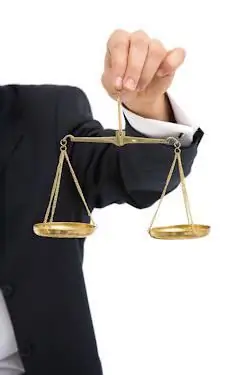
In some cases, the manufacturer believes that the limit state occurs at the moment when the entire set of accumulated problems can be corrected only by making a major overhaul. In principle, this is a fairly reasonable approach, since it allows you to prevent many serious troubles. Thus, a synonym for the word "reliability" is serviceability, maintainability.
It should be remembered that in the process of operation the object may have other states, which we will talk about now.
Transition of objects to different states during its operation
- Damage is an event consisting in violation of the he alth of an object while maintaining its performance.
- Failure is an event consisting in a violation of the object's operability.
- Rejection criterion - a distinctive feature or a combination of those, according to which the fact of failure is established.
- Restoration is the process of detecting and eliminating a failure (damage) in order to restore its performance (serviceability).
Practical analysisreliability
When experts are analyzing the reliability of an object, machine or building, it becomes extremely important for them to make the right decision about what to do in case of its failure. If we assume that the item is theoretically recoverable, but under certain conditions, its repair would be impractical and / and impossible, it would be more reasonable to transfer it to the category of non-repairable.
Take, for example, a meteorological satellite. During its ground design, creation, and testing, it is classified as a recoverable item. When it is launched into low Earth orbit, the probability of repair tends to zero, and therefore the success of the entire program depends on reliability.
Reliability of intangible concepts
Above, we told you about what the theory of reliability studies when it comes to material objects: things, devices, mechanisms, ships, aircraft, etc. But can any of these concepts be used in a more mundane way? How, for example, to find out the reliability of banks? After all, they don't have a producer who would recommend withdrawing their contribution after a certain deadline!?
In principle, there is a solution in this case, although the definition of reliability is based on slightly different indicators. Let's list what criteria you should pay attention to first of all:
- The structure of a financial institution, a summary of its founders.
- Composition of the commission of founders.
- Reviews, customer opinions, and at least two to three years old. For more up-to-date information, it's betterignore in principle.
- Basic interest for both deposits and loans.
- Securing bank guarantees.

First of all, you should pay attention to the composition of the founders. Some names and surnames will immediately tell knowledgeable people that it is definitely not worth contacting this bank. Always try to get to the bottom of the truth: if there is no such information on the website or in the constituent documents that are publicly available, look at the list of organizations that are somehow related to this institution. If they (even in the distant past) were involved in financial scandals, it is better to look for a safer place for your money.
This is how the reliability of banks is determined. If at least one item from the list above makes you wary and uncertain, we strongly advise against using the services of this particular financial institution.
Recommended:
Reducing factor. Reduction factor calculation
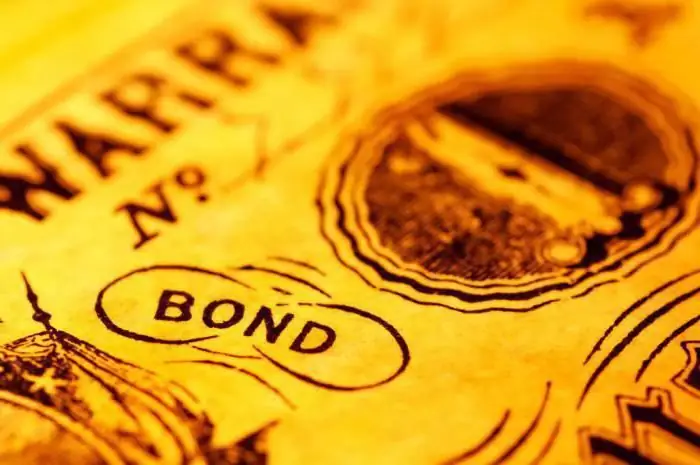
The reduction factor is the value by which the base value is multiplied to reduce the result. It is used in various sectors of the economy: construction, taxation, electrical engineering, and even he althcare. Consider the options for its use in more detail
Technical passport for home: how and where to make? Terms of production of a technical passport for the house

One of the main documents related to real estate is a technical passport for a house. It will be needed to carry out any transaction, and is manufactured at the BTI at the location of the facility. How much does it cost, what documents need to be collected, as well as the validity of the registration certificate and other nuances in more detail in the next material
Quality lighting as a factor in increasing labor productivity
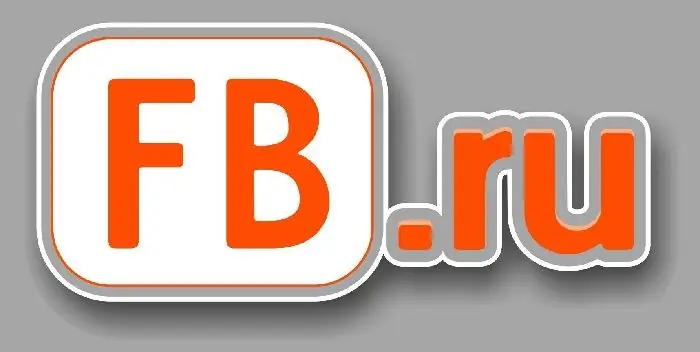
Quality lighting in offices should be primarily functional. Matching the style of the room cannot be discounted, but first of all it is important to pay attention to the level of illumination, brightness distribution, color temperature, color rendering and glare limitation. All these indicators have precisely set digital parameters
Duty free shops are the main factor in the development of international trade

Describes the benefits, possible locations, rules and restrictions in force in duty free shops
Technical analysis of "Forex" (market). What is the summary technical analysis "Forex"
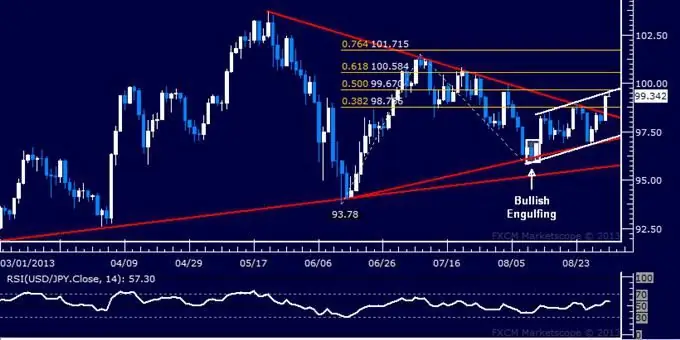
The Forex market has become very famous in Russia in a short time. What kind of exchange is this, how does it work, what mechanisms and tools does it have? The article reveals and describes the basic concepts of the Forex market

